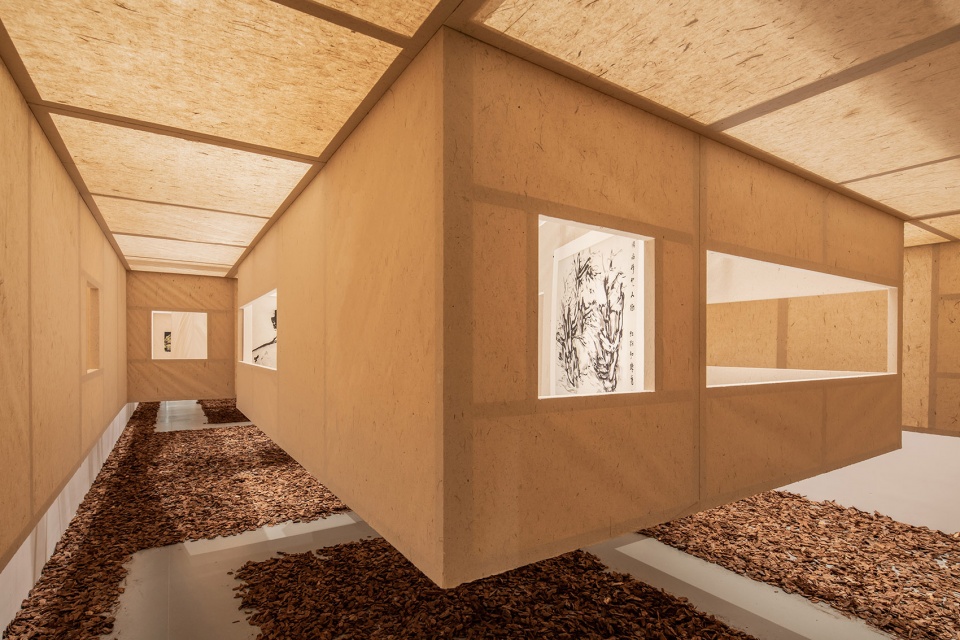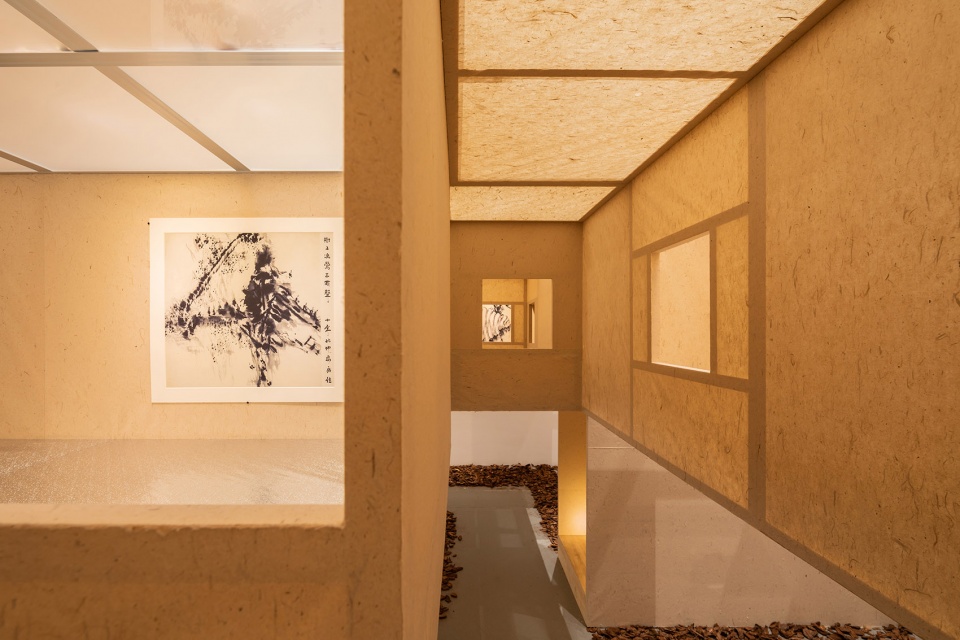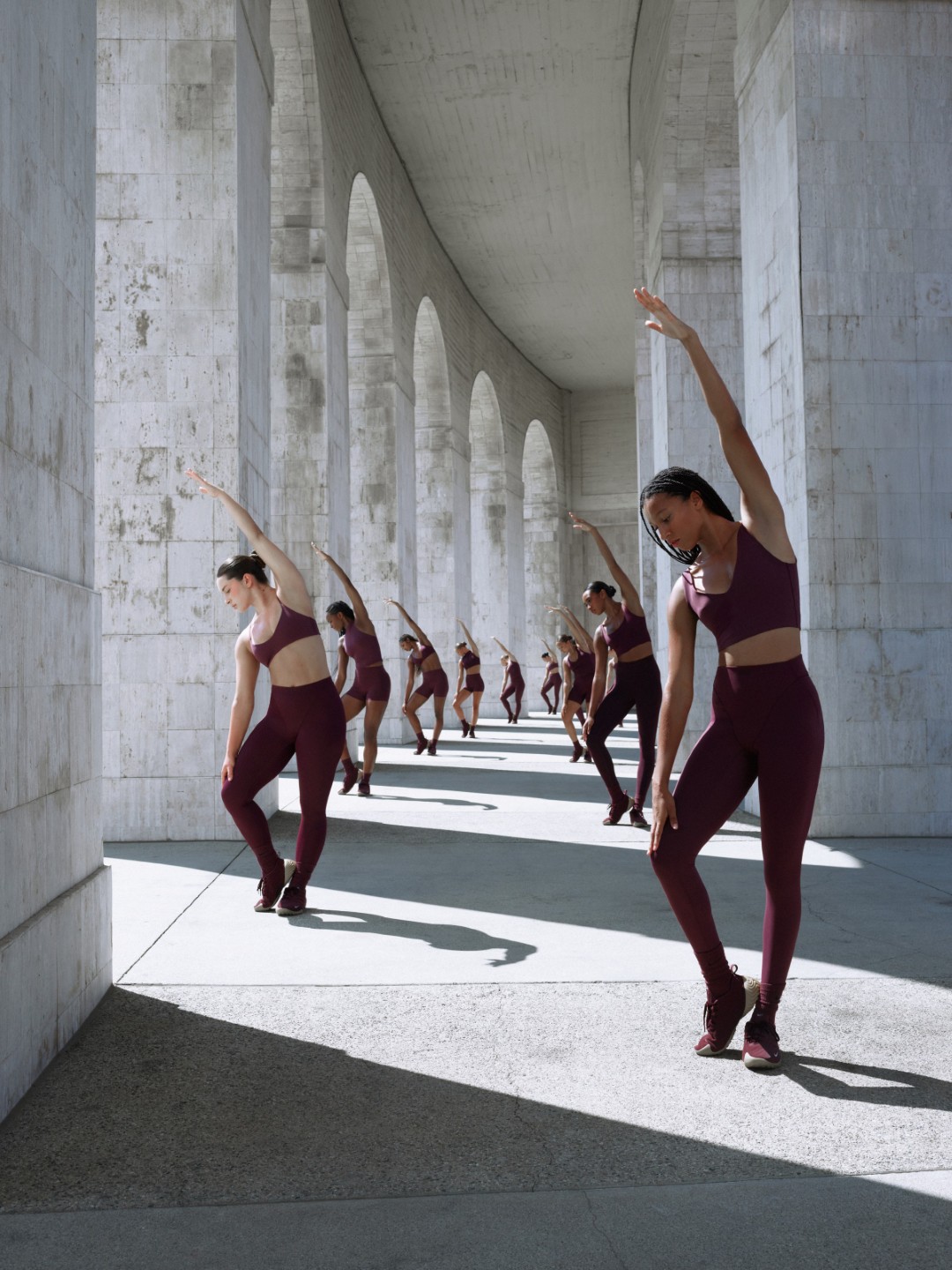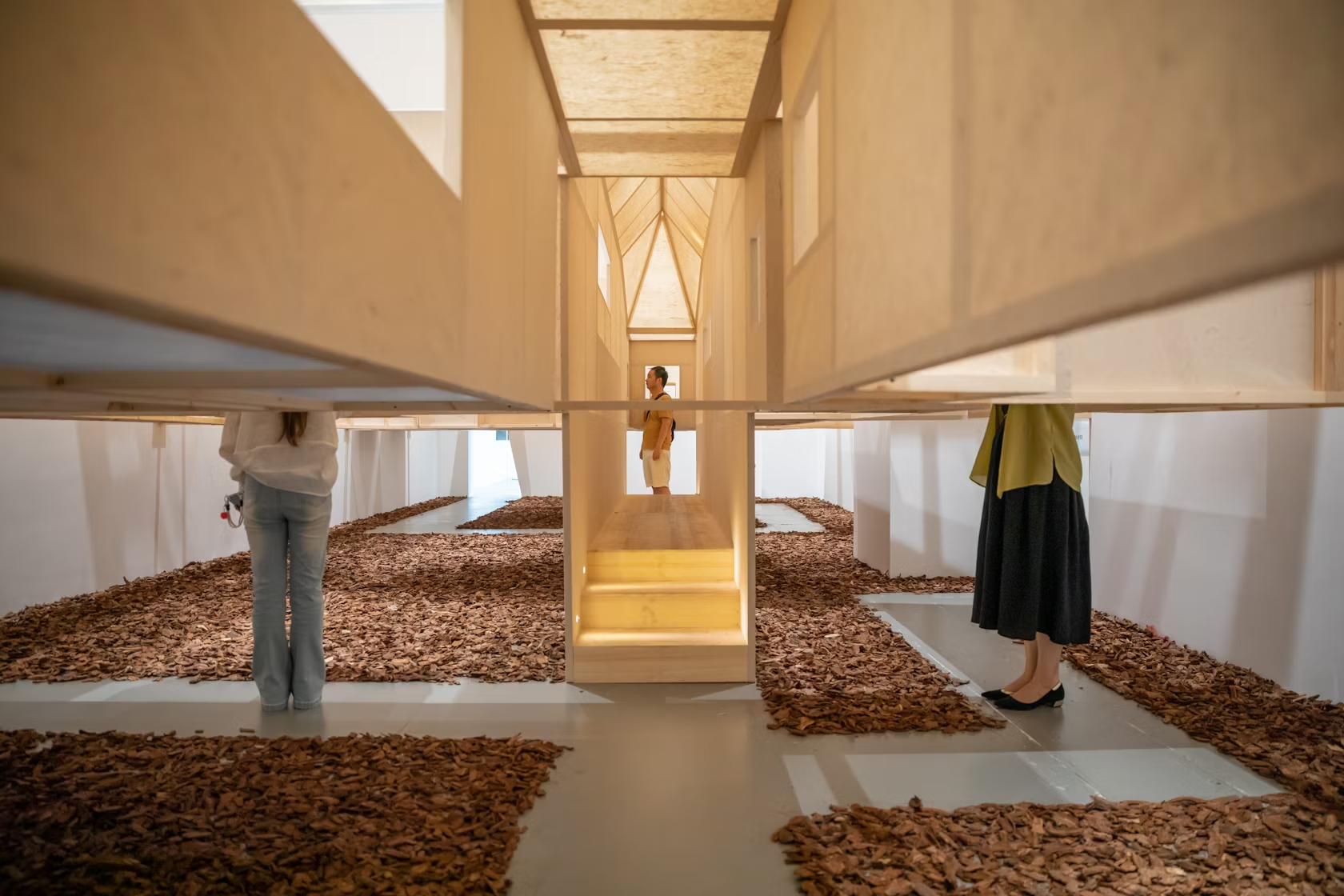Header: Xian Song
Architect Dong Yi of Shanghai-based design studio, c+d studio presented Garden for the Eyes, a unique spatial installation exploring a different perspective on Jiangnan culture and its traditional garden aesthetics through a contemporary lens.
Dong Yi’s work is among the invited pieces in the 2024 Creation | New Jiangnan Space Art, held at the Yunjian Huitang Cultural and Art Center right beside Shanghai’s iconic Zuibaichi Park, which is a fitting location for an inspiring installation.
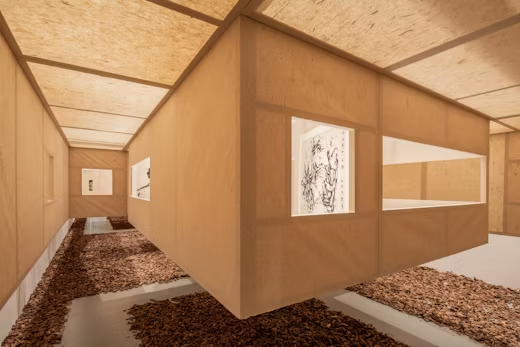
In Chinese culture, the gardens of Jiangnan symbolize harmony, balance, and a way of life, serving as a meeting point between city and wilderness, and as a refuge for both body and mind.
Drawing from this tradition, architect Dong Yi used the garden as a natural medium of expression. Through the language of spatial installation and the use of simple materials, the work captures the essence of the garden, offering visitors a space for contemplation and renewal.
“When it comes to Jiangnan, a garden is almost the most appropriate expression. Therefore, we decided to create a garden in a way of spatial installation, shaping the purity of the space with simple materials.”
Unlike interactive works that call for engagement through movement, this one calls for the silent act of observation.
What sets this body of work apart from typical installations can be seen in its design approach. Instead of floor-to-ceiling, wall-bound canvases, Garden for the Eyes compresses the viewing experience into a 40-meter suspended walkway, intentionally hanging at a height that engages viewers from the neck up.
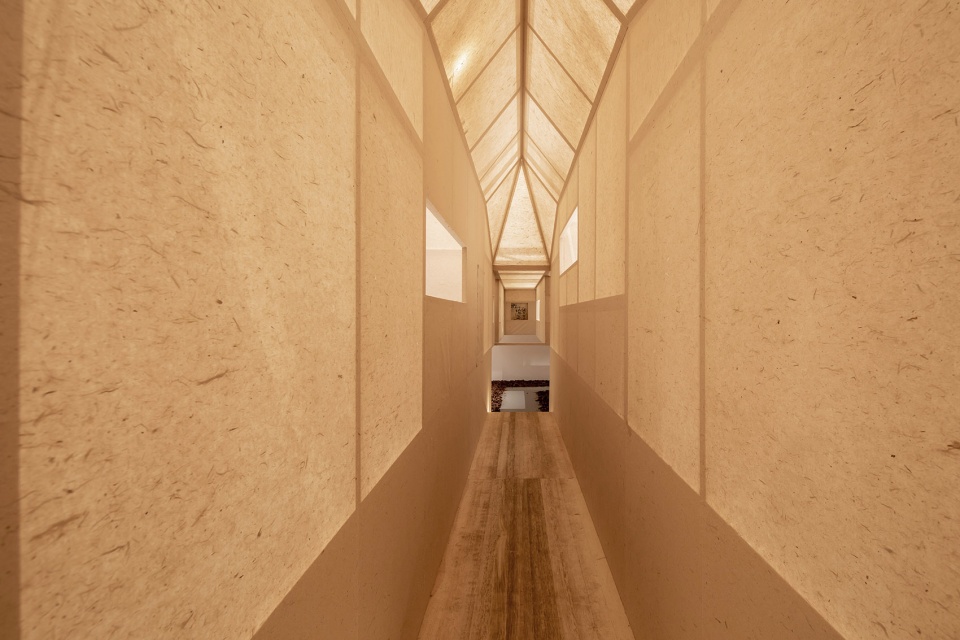
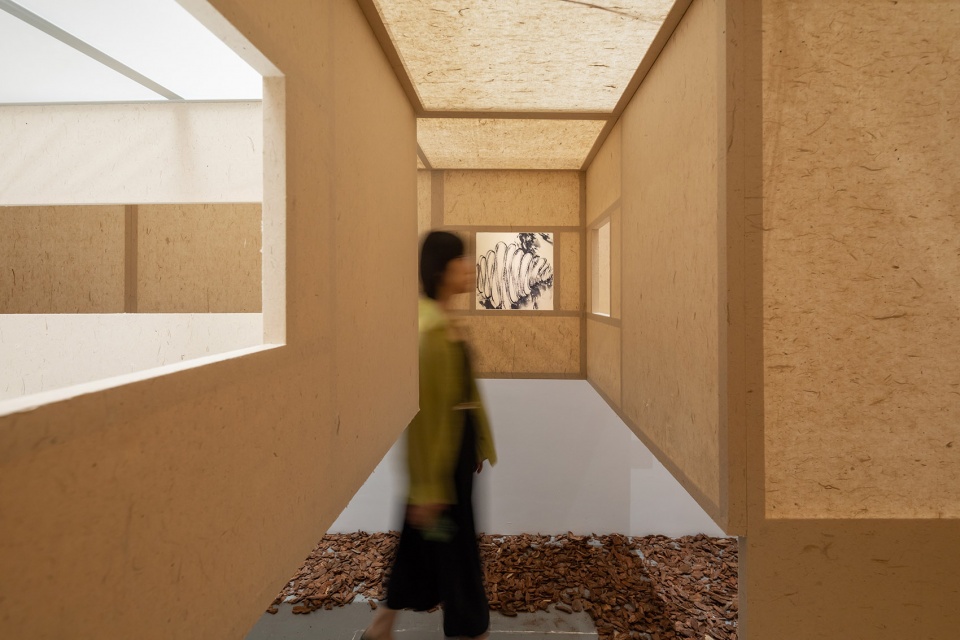
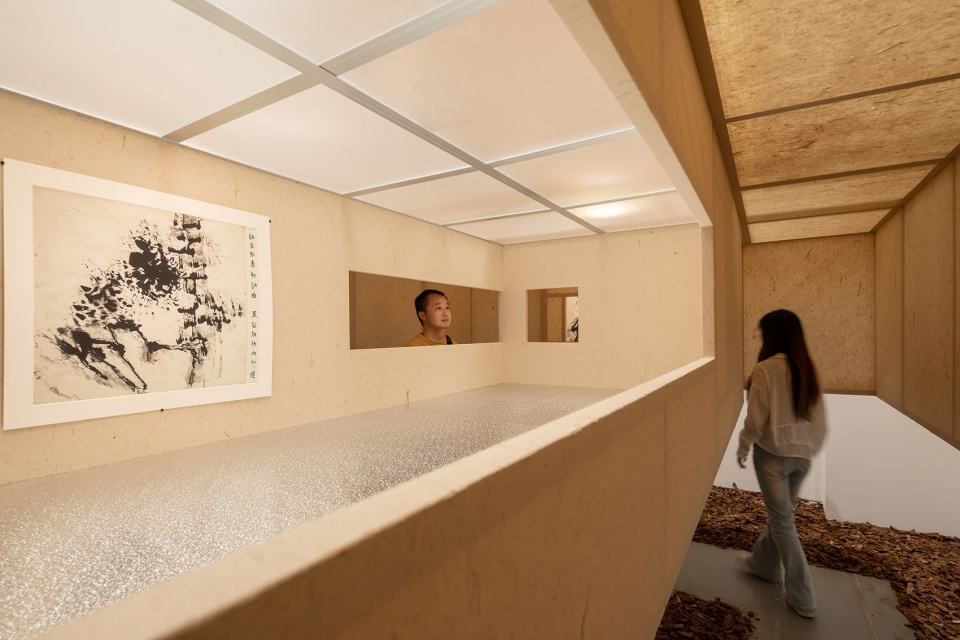
“For this work, eye-wandering is the process, while the result is a heart open wide.”
Space constraints were among the main design challenges in this project. With an exhibition area of only 16 by 6 meters, the installation had to be condensed into a narrow single-person pathway with one entrance and two exits. Despite this, it didn’t make Garden for the Eyes any less engaging for its visitors.
Walking into the space feels like entering a conceptual garden filled with classical garden elements inspired by the spatial structure of Zuibaichi Park, with courtyards, wells, and bridges, encouraging visitors to explore the space through visual perception alone.
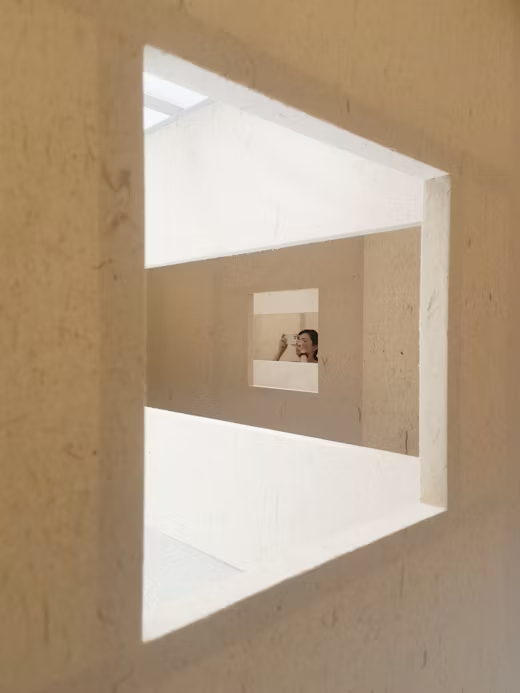
This intentional design captures the true essence of a classical garden in Chinese culture with its winding passages and the contrast between openness and sparseness.
In this compressed form, the installation becomes a multi-sensory experience for all as it embodies the spirit of simply “wandering around and enjoying yourself”.
